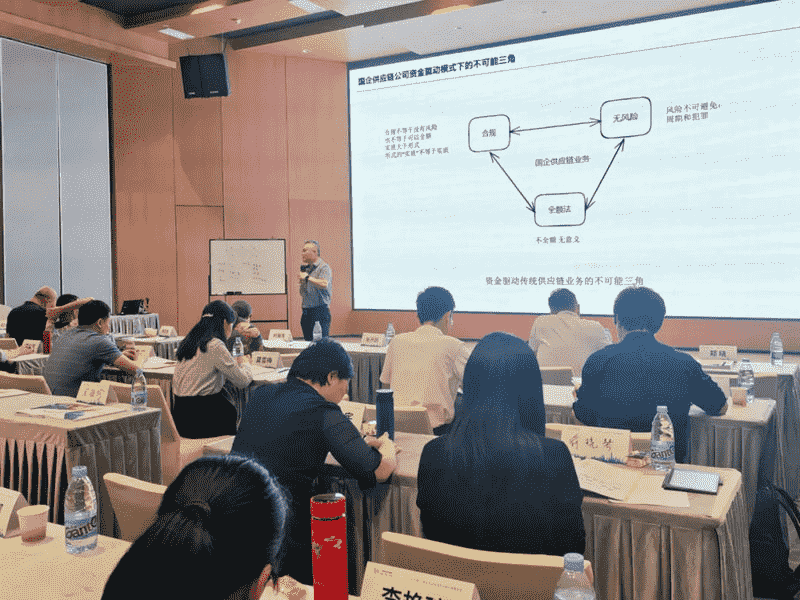ANSYS CFX 离心式压缩机建模及网格划分
ANSYS Blade Modeler Vista 1D Design Suite and Advanced Simulation Tools for Turbomachinery Design and Analysis
Introduction
In turbomachinery design, particularly focusing on axial fans, centrifugal compressors, centrifugal pumps, and axial turbines, engineers and researchers have access to a powerful suite of tools from ANSYS. Developed under the umbrella of ANSYS Blade Modeler, this collection of addons, including Vista AFD, Vista CCD, Vista CPD, Vista RTD, and BladeGen Design Modeler (DM), facilitates the rigorous design and analysis of rotordynamic components. This article provides a detailed procedure on performing a onedimensional (1D) design of a centrifugal compressor using the Vista CCD module, illustrating how ANSYS tools integrate seamlessly to deliver a comprehensive design and verification process.
ANSYS Blade Modeler Vista CCD Workflow
1. Initiation of Design: The process begins in the ANSYS Workbench 2019R3 environment with the selection and opening of the Vista CCD (Centrifugal Compressor Design) module. This module intentionally initiates a streamlined design process, requiring exhaustive inputs of compressorspecific parameters such as inlet and outlet pressures, flow rates, and speed of rotation.
2. Calculation of Performance: After inputting the necessary parameters, the click of the "Calculate" button initiates the design process, leading to the computation of the compressor’s performance characteristics. The resulting output reveals the compressor’s power requirement, typically represented as horsepower or kilowatts, for this example, showcasing a calculated output of 9.76KW.
3. Blade Generation and Visualization: Upon confirming the calculated parameters, users have the capability to create a BladeGen module, a powerful feature within the Vista suite, to build the compressor’s rotor. This module allows for the sophisticated modeling and visualization of turbine and compressor blades in two dimensions (2D), offering unparalleled detail and accuracy in the initial conceptualization phase.
4. Grid Generation with TurboGriD: To ensure computational accuracy and efficiency, the integration of external geometry into a detailed 3D simulation necessitates the creation of a complex grid. Utilizing the TurboGrid tool brings geometric models from BladeGen transfer units into the desired simulation environment. This is achieved through a direct interface between the BladeGen module and TurboGrid, streamlining the process of grid generation and enabling a 3D visualization of all components for comprehensive analysis.
5. Meshing and Optimization: The visual 3D model undergoes precise meshing using the Vehicle TF (Turbomachinery Finite Elements) for detailed analysis. By diagnosing and refining the mesh data, setting the node count at approximately 30 million to ensure a finely detailed solution, the impact of each node on the health and performance of the compressor is critically assessed. Removing the Target Max Expansion Rate constraint ensures optimal mesh quality, leading to the application of settings that refine the grid structure and enhances computational accuracy.
6. Simulation and Validation: The culmination of this workflow involves the integration of the final meshed geometry into the ANSYS CFX suite for threedimensional (3D) simulation and analysis. This step simulates the fluid dynamics within the compressor, evaluating the pressure distribution, flow characteristics, and dynamic interactions at various operational stages. Comprehensive validation against theoretical predictions and experimental data ensures the reliability and efficiency of the designed compressor.
Conclusion
In leveraging ANSYS Blade Modeler Vista’s suite of tools, particularly Vista CCD for compressor design and the engagement of advanced simulation techniques such as the generation, diagnosis, and application of meshes through turboGrid and its integration into the ANSYS CFX environment, engineers can achieve a highfidelity, efficient, and detailed design of turbomachinery components. This methodology underscores the importance of computational fluid dynamics (CFD) in modern turbomachinery design, offering a bridge between theoretical calculations and practical validation, ultimately contributing to advancements in propulsion, power generation, and other engineering sectors requiring highperformance turbomachinery.











